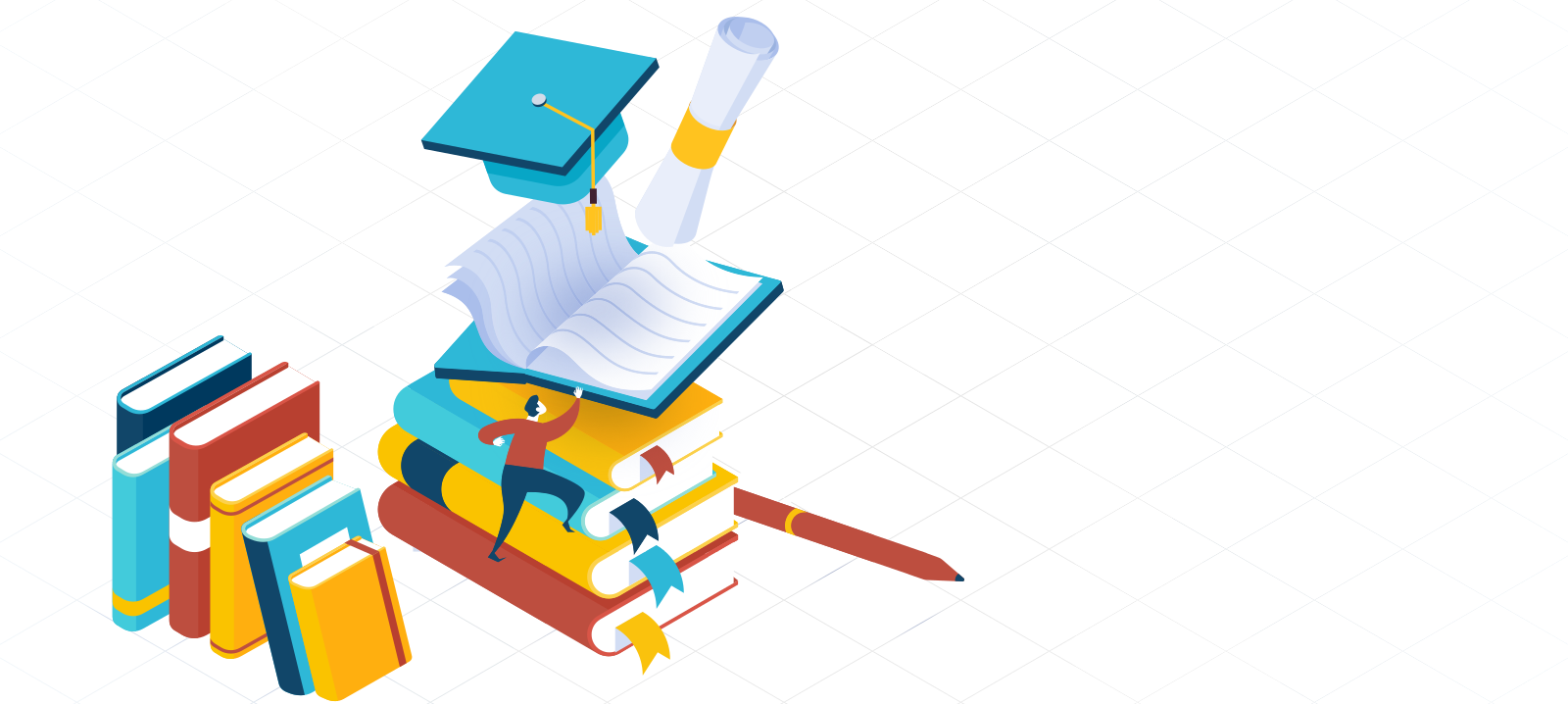| Exercise |
|
1. Why do organisms take food? Ans: Organisms take food to get energy and perform life processes, like nutrition, respiration, digestion, transportation, excretion, blood circulation, and reproduction.
2. Distinguish between a parasite and a saprophyte. Ans:
3. How would you test the presence of starch in leaves? Ans: Take two potted plants of the same kind. Keep one in the dark for 72 hours and the other in sunlight. Perform iodine test with the leaves of both the plants. Now leave the pot which was earlier kept in the dark, in the sunlight for 3 – 4 days and perform the iodine test again on its leaves. Observation: Blue-black colour will be observed on the leaves of the plant kept in sunlight, which indicates the presence of starch. While blue-black colour will not be observed on the leaves of plant kept in the darkroom. This indicates the absence of starch. 4. Give a brief description of the process of synthesis of food in green plants Ans: During photosynthesis, chlorophyll containing cells of leaves in presence of sunlight, use carbon dioxide from air enter the leaves through pores called stomata. and water( taken from the roots of the plant, and it is transported to leaves of the plant.) to synthesise carbohydrates . During the process oxygen is released. 5. Show with the help of a sketch that plants are the ultimate source of food. Ans: 6. Fill in the blanks: (a) Green plants are called _________________ since they synthesise their own food. (b) The food synthesised by plants is stored as _________________. (c) In photosynthesis solar energy is absorbed by the pigment called ___________. (d) During photosynthesis plants take in ______________________ and release __________________ gas. Ans: (a) Green plants are called autotrophs since they synthesise their food. (b) The food synthesised by plants is stored as starch. (c) In photosynthesis, solar energy is absorbed by the pigment called chlorophyll. (d) During photosynthesis, plants take in carbon dioxide and release oxygen gas. 7. Name the following: i) A parasitic plant with yellow, slender and branched stem. ii) A plant that is partially autotrophic. iii) The pores through which leaves exchange gases. Ans: i) Cuscuta ii) Pitcher plant iii) Stomata 8. Tick the correct answer: (a) Cuscuta is an example of: (i) autotroph (ii) parasite (iii) saprotroph Ans: (a) (ii) Parasite (b) The plant which traps and feeds on insects is:
(i) Cuscuta (ii) china rose (iii) pitcher plant (iv) rose Ans: (b) (iii) pitcher plant 9. Match the items given in Column I with those in Column II:
Ans:
10. Mark ‘T’ if the statement is true and ‘F’ if it is false: (i) Carbon dioxide is released during photosynthesis. (T/F) (ii) Plants which synthesise their food are called saprotrophs. (T/F) (iii) The product of photosynthesis is not a protein. (T/F) (iv) Solar energy is converted into chemical energy during photosynthesis. (T/F) Ans:
11. Choose the correct option from the following: Which part of the plant takes in carbon dioxide from the air for photosynthesis? (i) Root hair (ii) Stomata (iii) Leaf veins (iv) Petals Ans: (ii) Stomata 12. Choose the correct option from the following: Plants take carbon dioxide from the atmosphere mainly through their: (i) roots (ii) stem (iii) flowers (iv) leaves Ans: (iv) leaves 13. Why do farmers grow many fruits and vegetable crops inside large greenhouses? What are the advantages to the farmers? Ans: Farmers grow fruits and vegetable crops inside large greenhouses because it protects crops from external climatic condition and to provide suitable temperature for the growth of crops. Advantages to farmers
|

























